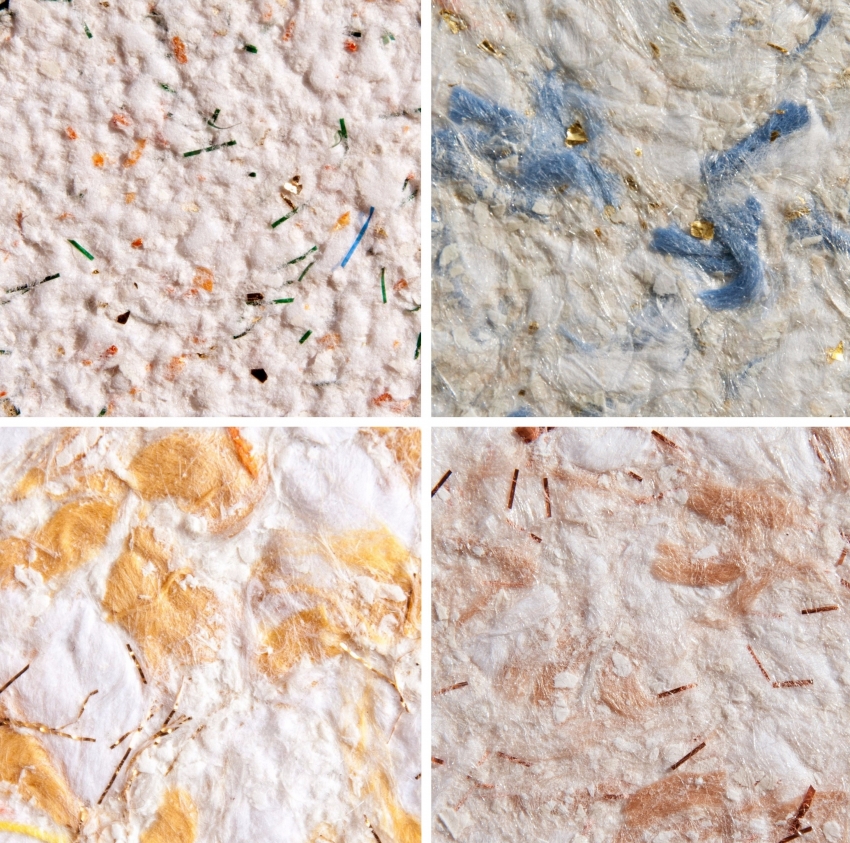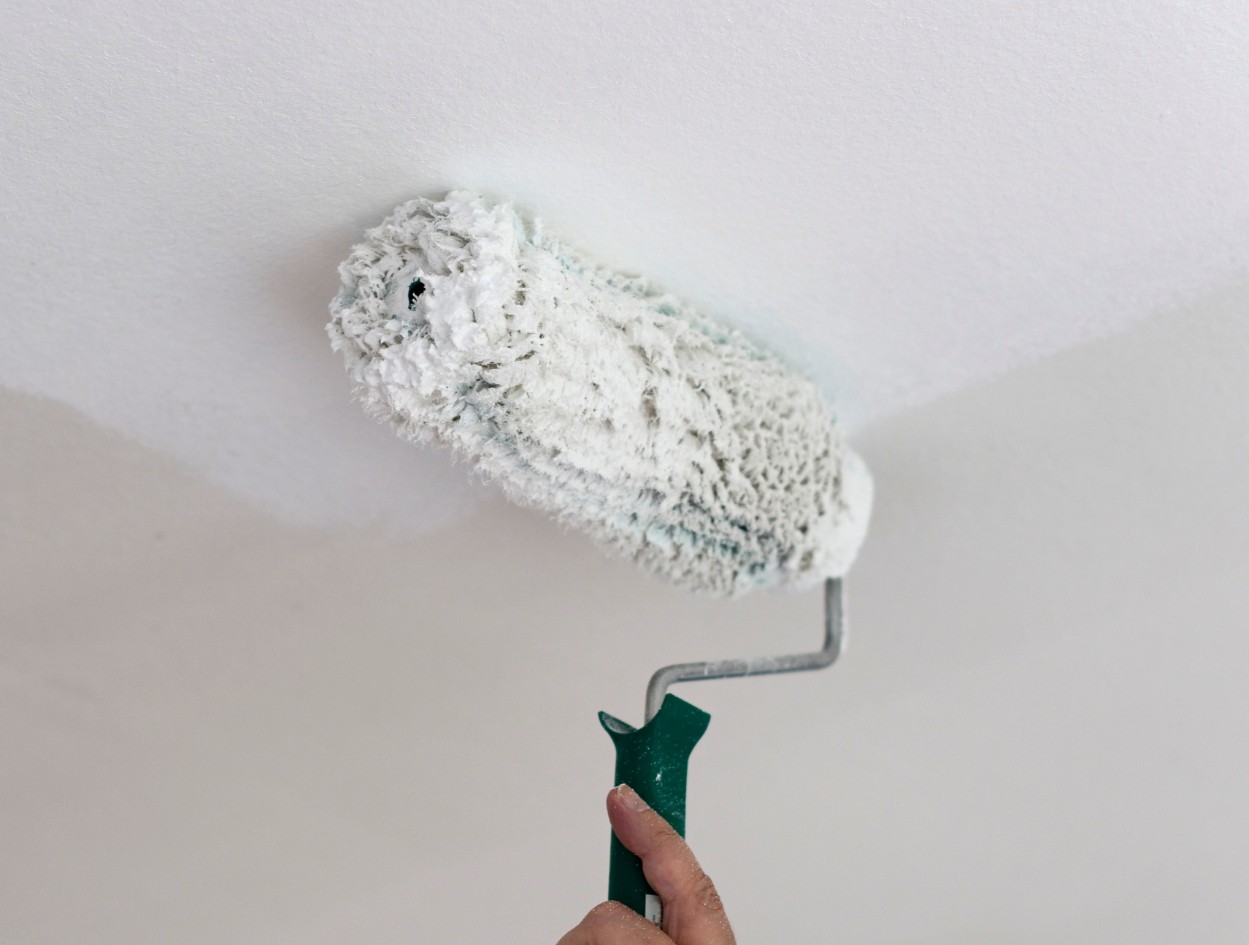How to apply liquid wallpaper to the ceiling
Liquid wallpaper is a popular type of finishing. They are used for various surfaces. The main thing is to properly prepare for the process. When applying liquid wallpaper to the ceiling, it is enough to cover the surface with the material and wait for it to dry. A minimum set of tools is required. It’s worth taking a closer look at the nuances.
The content of the article
How to apply liquid wallpaper to the ceiling: features
The process of applying this finish is simple and consists of several stages. First you need to prepare the surface, then it is covered with the selected finishing mass. It is important not to neglect the first stage. Preparatory work allows you to obtain a flat surface on which the finish will lie smoother and last longer.

What is needed for application
They start by purchasing everything they need for the job. Among the tools are:
- Container of suitable size. The material will be placed in it and swell.
- Spatula or trowel. Using this equipment, wallpaper will be applied to the surface.
- Roller. Suitable made of rubber or foam rubber.
- Plastic graters.
- Relief roller.
- Spray.
You can make a trowel with your own hands. To do this, a triangle with equal sides is cut out of plexiglass. The length is about 6 cm. For convenience, a handle is attached to the resulting fragment.
How to prepare the ceiling yourself
The next step is to process the base. Liquid wallpaper has a high degree of adhesion, which allows it to be securely attached to various surfaces. However, preparation should not be neglected. This helps to obtain a high-quality, solid base, without serious defects, cracks and previous cladding.

Preparation consists of the following steps:
- The old coating is removed. The appropriate method depends on the type of material. Paper wallpaper must be moistened generously, and the paint must be removed mechanically.
- Large cracks and chips are puttied.
- Treat the surface with a primer. A colorless or white shade is suitable. The main thing is that it contains quartz dust.
- If there are metal parts on the ceiling, they are coated with water-based paint. This will prevent the development of corrosion and rust.
- Apply plaster or putty to the surface.
The ceiling does not have to be perfectly smooth. This coating adheres better to a rough base.
Material calculation
To determine the amount of wallpaper, you must first measure the area of the ceiling. The thickness of the applied layer also matters. On average, 1 kg of finishing mass is required per 3–4 m2. Such wallpaper is applied in a layer of 1–3 mm. But if the surface is full of defects, this indicator must be increased to hide the irregularities.
When calculating, it is necessary to round the resulting figure up. It is important to remember that some quantity will be required as a reserve. If the base is uneven, add from 7 to 13% to the resulting calculations. When a newbie performs the work, the margin should be 15%.
It is not always possible to select the exact shade of the material when purchasing it again.Therefore, it is better to buy a larger quantity so that it is enough.
Application process
It is more convenient to do the work on a stepladder. The area to be treated should be in front of your eyes and clearly visible. It is necessary to apply the mixture while holding the tool at a slight angle. Do not put pressure on the spatula, otherwise the lining will not turn out slightly loose. If you work without stopping, the joints will be less visible on the surface.
When the mass has swollen well, apply it in an even layer using a spatula. Using a smooth grater, level everything out. Then cover with a new portion of the mixture so that the seams between the sections are not visible.

Important! What position the fibers take depends on the direction in which the material is smoothed. Another trajectory allows you to change the decorative effect.
It takes 24 hours for the mass to dry. You should not use additional equipment to speed up the drying process. Liquid wallpaper should dry naturally.
Treatment with acrylic varnish allows you to add moisture resistance to the surface to increase the service life of the cladding. This is the final stage when the main finish has already been applied.
After applying each layer, it is recommended to carefully inspect the treated area. There should be no gaps, bumps, bubbles, etc. It will be more difficult to correct such shortcomings later.
What are liquid wallpapers, their features
This type of cladding has a complex composition. The material is divided into several types. Among them:
- Cotton. They come in plain and textured colors.
- Silk. Threads can be natural or synthetic. They are distinguished by elasticity and a variety of textures.
- Cellulose. They consist of wood fibers that are pre-dissolved.
- Combined.The composition includes cellulose mixed with some silk and cotton.
The material also consists of special additives for decoration, such as glitter, threads, seaweed and other things.

One of the significant features of liquid wallpaper is the absence of noticeable joints on the surface. There is no need to painstakingly adjust the design, which saves time. It is easy to care for the coating: it practically does not accumulate dust and is unpretentious.
The porous structure of the material allows it to serve as additional sound and heat insulation. Easy and quick to apply. Even a beginner can cope with the task. If mistakes were made during cladding, they can be easily corrected by covering the defective area with another portion of the mixture.
Liquid wallpaper is a modern material that allows you to create interesting and practical cladding options. They have a lot of advantages. Easy to use, with a wide selection of colors and textures. It is only necessary to properly prepare the base, tools and correctly calculate the required amount of mass.





